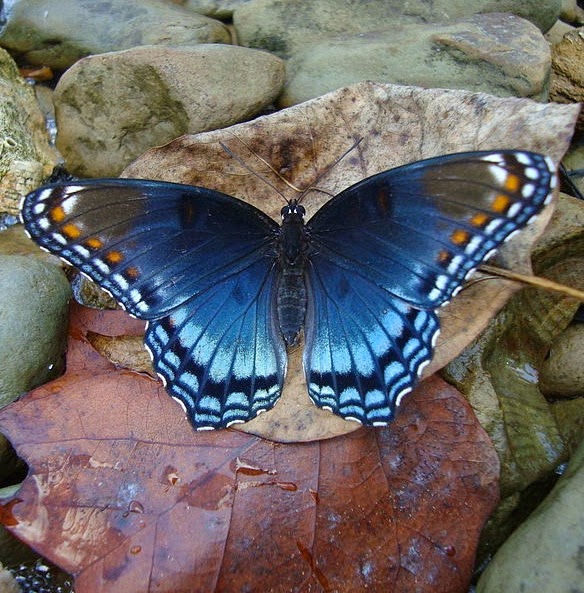 |
| Downy Serviceberry (Amelanchier arborea) - Illinoiswildflowers |
The Bradfords began life as varieties of callary pear in China and Vietnam. They were introduced to the US several times beginning in 1909 to develop fire blight resistance in the common pear. In 1950 their ornamental features were recognized and sterile hybrids were developed as Bradford pears.
Moving here from the Orient, they left all the insect species that they had grown up with back in Asia. Over time those native species had learned to live with or feed on the callary pears. Conversely, the pears had thousands of years to develop defenses against those predators. When they arrived on our shores, they were total strangers to our native species. The "Bradford" varieties were developed as sterile hybrid ornamentals but when multiple improved hybrid species developed they began to cross pollinate and became fertile. Now they are considered an invasive or noxious species, their seeds spread by starlings and other birds to the surrounding countryside.
 |
| Bradford Pear - Wikimedia |
 |
| Serviceberry - Wikimedia |
Its nectar and pollen attracts honey bees as well as many other species of solitary bees, Syrphid and Tachinid flies, beetles and other species. These in turn are food for other predators.Red-spotted Purple- Wikimedia - Caterpillars of the striped hairstreak and red-spotted purple as well as at least these 17 moth species feed specifically on its leaves while causing no noticeable harm to the tree. Birds and other insects in turn feed on the caterpillars.
- Many species of wood-boring beetles, sawfly larvae, aphids and plant lice make their living in the wood before becoming part of the food chain.
- White-tailed deer browse the twigs and leaves while the fruit feeds fox, skunk, chipmunk and the white-footed mouse.
There is a lot more information on downy serviceberry at
Illinoiswildflowers.info.
